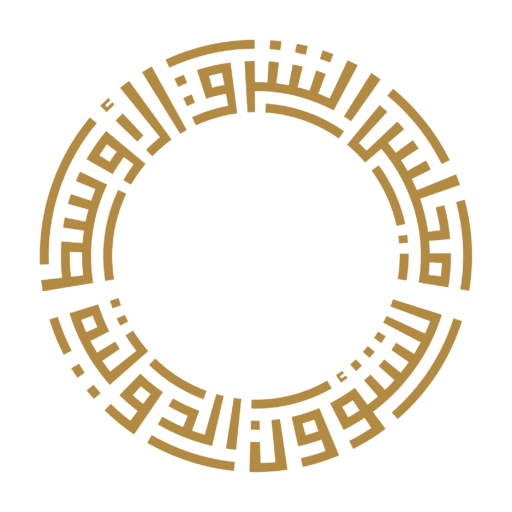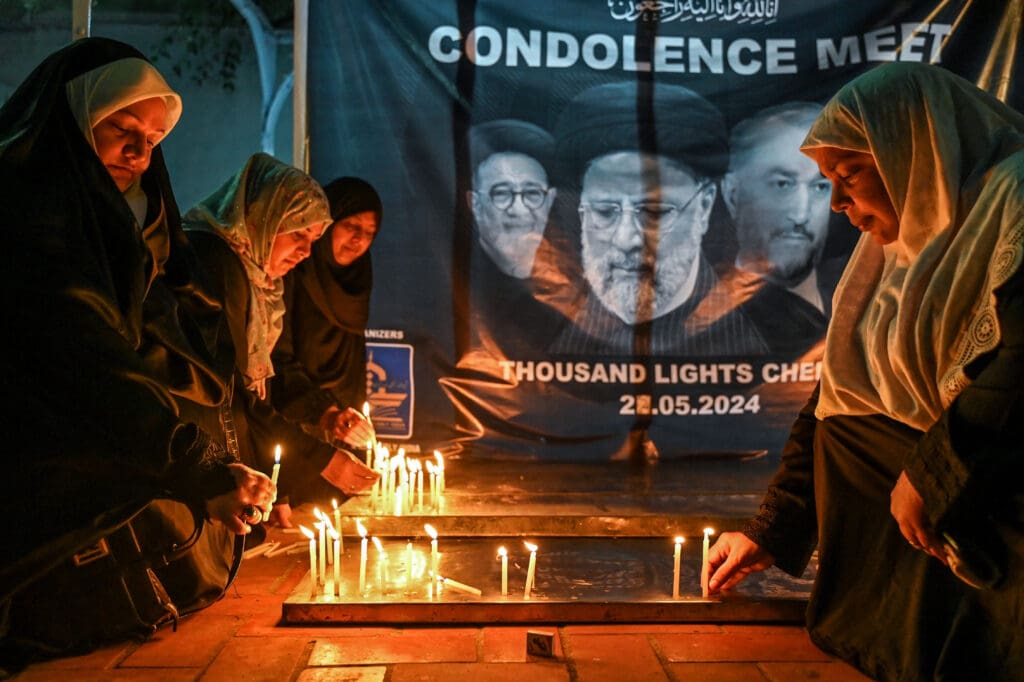On May 19, Iranian President Ebrahim Raisi, accompanied by his Foreign Minister Hossein Amirabdollahian, was tragically killed in a helicopter crash. The helicopter was en route to an event in the mountainous East Azerbaijan province when it encountered severe weather conditions, leading initially to what was described as “a hard landing.” Despite prompt rescue efforts, the remote location of the crash site hampered immediate operations, and it was later confirmed that Raisi and those accompanying him had died instantly upon impact.
The Impacts of Iran’s Domestic and Foreign Policy: Legitimacy Crisis and Social Conflicts
This unprecedented incident has sparked considerable speculation regarding the future trajectory of Iran’s domestic politics and foreign policy. In fact, the incident could not have come at a worse time for the Iranian government, as it faces both internal and external challenges that will undoubtedly shape its political landscape in the near future.
Internally, the Islamic Republic has been grappling with a legitimacy crisis fueled by widespread public discontent. Over the past two years, this discontent has manifested in significant protests, epitomized by the “woman, life, freedom” movement, alongside various forms of social disobedience. For instance, the recent Iranian parliamentary elections saw the lowest turnout in the history of the Islamic Republic, with less than 40 percent of eligible voters participating. In Tehran, the turnout for the second round of elections was reported to be no more than 8 percent, indicating a profound disconnect between the state and its society.
Additionally, with Supreme Leader Ayatollah Seyyed Ali Khamenei advancing in age, discussions about his succession have intensified over the past few years. Raisi was frequently mentioned as a potential successor to Khamenei, and his untimely demise is viewed by some observers as a potential crisis for the political system.
Externally, tensions between Iran and Israel have been escalating, reaching a peak in April when Israel targeted the Iranian consulate in Damascus. This provoked a massive response from Tehran, which launched hundreds of missiles and drones from its own territory. Although this episode has subsided for now, the situation remains fragile, particularly given the ongoing war on Gaza.
Therefore, it is crucial to analyze the potential future of Iran’s politics post-Raisi to understand the possible changes that may ensue as a result of this significant event.
Raisi’s Successor and the Upcoming Elections: Internal and External Power Struggles
According to Article 131 of the Iranian Constitution, in the event of the president’s death, resignation, dismissal, or incapacitation for more than two months, the first vice president assumes the president’s duties with the supreme leader’s approval. This situation also mandates the formation of a council comprising the speaker of the parliament, the chief justice, and the first vice president to ensure that a new president is elected within a maximum of 50 days.
In response to President Ebrahim Raisi’s death, this council was formed on May 20, 2024, by decree of Supreme Leader Ayatollah Khamenei, with Raisi’s vice president, Mohammad Mokhber, being appointed as the acting president. The council announced that the presidential election would take place on June 28, with a possible second round scheduled for July 5.
Mokhber, known for his close ties with the Islamic Revolutionary Guard Corps (IRGC) and his extensive administrative experience, is expected to ensure that the influence of this powerful military and political organization remains intact. His background and connections are likely seen as reassuring by the so-called “deep state,” comprising the core IRGC leadership and a network of influential political and security figures, that the transition of power will be smooth and stable. This point was underscored by Khamenei, who reassured supporters of the Islamic Republic that the Iranian government operations would continue without disruption following the president’s demise.
However, Raisi’s death is likely to exacerbate internal power struggles within Iran’s political elite. Prior to the helicopter crash, various factions within the conservative and hardline camp were already competing for control over the legislative branch and the position of speaker of the parliament. This competition is particularly evident in the ultra-hardline factions, such as the Stability Front and their allies in the new parliament, attempting to reach a consensus on a candidate to challenge the former speaker, Mohamad Bagher Ghalibaf, who is also a current member of parliament.
Ghalibaf, who belongs to the more pragmatic wing of the conservative camp, may see an opportunity to run for the presidency now that the position is vacant. He enjoys the support of some segments of the current political elite and has a base of supporters among the proponents of the Islamic Republic within society. However, Ghalibaf’s potential presidency could pose challenges for a smooth leadership transition once Khamenei passes away.
Raisi had three main characteristics that made him a favored president for the deep state and an enabler of their plans for succession, although the details of these plans remain unknown. First, Raisi was a true loyalist to Khamenei and the ideological foundations of the Islamic Republic—a fact frequently acknowledged by Khamenei himself. Second, Raisi was a relatively weak president, even by the narrow standards of the Islamic Republic, lacking the strategic vision and independent personality of strong former presidents like Hassan Rouhani or Mahmoud Ahmadinejad, who were known to challenge the deep state when necessary. Third, Raisi was a true insider, a cleric who rose to power step by step within the system, and was therefore trusted and supported by parts of the elite and the government’s social base alike.
While Ghalibaf shares the third characteristic of being an insider, he is also known for his independent personality. Also, his track record as an opportunist, swinging between moderates and hardliners, casts doubt on his loyalty, raising concerns about the stability of his potential presidency and its impact on the leadership transition after Khamenei.
An alternative for Khamenei and the Guardian Council—tasked with vetting candidates—would be to find another weak loyalist to replace Raisi. However, within the current narrow political spectrum of Iran, it is challenging to find an individual who possesses a minimum level of acceptance among both the elite and the public.
Strategies for Mitigating Iran’s Political Crisis
For a government that came to power in 1979 under the revolutionary banner of establishing an Islamic “republic,” projecting an image of public legitimacy, or, at the very least, public acceptance, has always been important. The recent parliamentary elections, as mentioned earlier, sounded an alarm bell, highlighting widespread public disillusionment with the political process. With less than 50 days to organize a new presidential election, the government faces a significant challenge in mobilizing the electorate. A low turnout could delegitimize the electoral process and exacerbate the existing legitimacy crisis.
To mitigate this potential crisis, the government might consider allowing more moderate candidates, such as Ali Larijani, to run in an attempt to invigorate the political atmosphere and encourage voter participation. However, the same issues arise with strong figures whose loyalties are in doubt, as they are seen as potential troublemakers. The dilemma for the Islamic Republic’s strategic decision-makers is how to find a balance between public participation and a safe election that guarantees continuity over change.
It is also important to note that the old dichotomy of moderates versus hardliners no longer exists in the Iranian political scene. During the 2021 presidential election that brought Raisi to power, and the parliamentary election this year, the Guardian Council disqualified all those with even the slightest connection to reformists and moderates.
Given this experience and the current challenges, the Iranian leadership is more likely to opt for a tightly controlled electoral process, prioritizing political stability over democratic representation, which could further entrench existing power structures. However, even despite the president’s death, it is the looming transition to the post-Khamenei era that is determining the trajectory of politics, not the fate of the presidency per se.
In other words, the importance of the next president will lie in the influence he will have on the day the next supreme leader is determined. Whichever faction holds the three branches of government will be best positioned to impact this process. Naturally, the current leadership does not want this role to be played by “outsiders.”
Future Trends in Iran’s Domestic and Foreign Policy
For this reason, we are unlikely to see any substantial shifts in Iran’s domestic or foreign policy during this interim period or even after the next president is elected. In principle, the president, though influential, does not independently set the country’s strategic policies in foreign and domestic politics; these are shaped by the supreme leader and, rather informally, by the IRGC.
Therefore, while Raisi’s absence may be felt for some time, particularly in the administrative and symbolic aspects of governance, the core strategic direction of Iran’s politics is expected to remain consistent. The government’s focus will likely be on maintaining stability and continuity, both domestically and internationally, during this transitional period.


